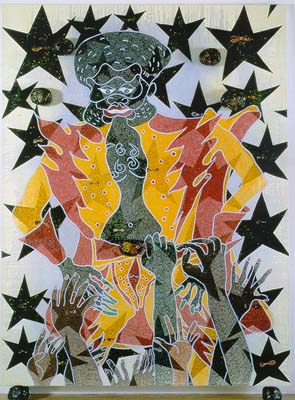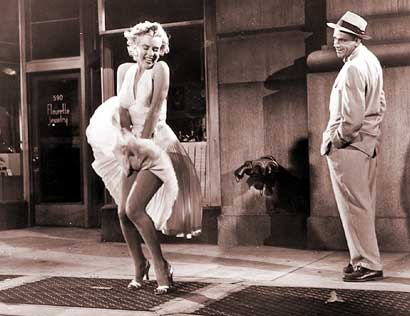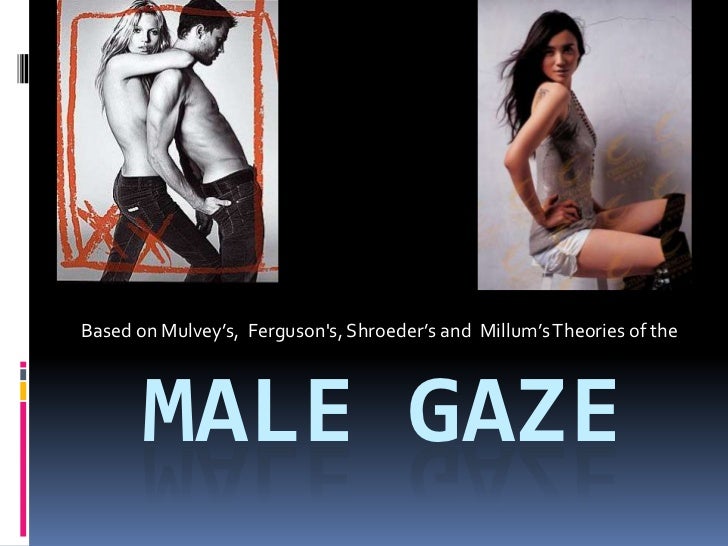- Identities can be fluid and constructed, our biological make up makes us who we are, an inner essence that makes us who we are
- Post modern theorists however disagree with that and are anti essentialist
- Physiognomy is the assessment of a person's character or personality from his or her outer appearance, especially the face. No clear evidence indicates that physiognomy actually works, though recent studies have suggested that facial appearance do contain a 'kernel (A KERNEL) of truth' about one's personality
- Phrenology primarily focused on the measurements of the human skull, based on the concept that the brain is the organ of the mind, and that certain brain areas have localised, specific functions or modules
- Both studies are most definitely considered obsolete in this day, seeing that all they truly do is legitimising racism, with no real logic behind them at all
- Cesare Lombroso (1835-1909), the founder of Positivist Criminology created the notion that Criminal tendencies are inherited
- Physiognomy legitimised racism, a number of stereotypes were based from it, creating an expected superiority among the white europeans and seemingly putting them above the irish and africans
- Heironymous Bosch's "Christ Carrying the Cross" (1450-1516) portrays a number of stereotypes portrayed with incredibly grotesque faces as they surround Jesus, most notable biblical features in this painting have either their eyes closed in a solemn expression, or in Simon of Cyrene's case, face upside upturned, this would be a example anti-semitism as it quite clear that the grotesque faced figures in this painting are meant to represent the Jews, who had been the ones to send Jesus to his execution
- Refer to Douglas Kellner's "Media Cultural Studies, Identity and Politics between the Modern and the Postmodern" (1992), if focuses on the pre modern identity (Stable and defined by long standing roles), modern identity (Offer a wide range of social roles, possibility to start choosing you identity, rather than simply bring born in it) and the post-modern identity (Acceptance of fragmented self, identity is constructed from there)
- In Pre-Modern Identity, institutions determined identity (Eg, Marriage, the Church, Monarchy, Government, the State, etc.)
- Secure Pre-modern identities are farm workers, the soldier, the factory worker, the housewife, etc. holding apparent important roles in society
- The key writers of Modern identity in the 19th and 20th centuries are Charles Baudelaire, Thorstein Veblen, Georg Simmel
- Baudelaire introduces the concept of the 'flaneur' (Its closest translation being the gentleman-stroller)
- Veblen - 'Conspicuous consumption of valuable goods is a means of reputability to the gentleman of leisure', the consumption that is obvious to those around you (Such as throwing a massive party? A wasteful kind of consumption)
- Simmel suggests that from what you wear, it shows your way of life, the middle class however begin emulating the upper classes with cheaper versions of the fashion they wore, the upper class took some offence to this and attempted to break away to make themselves look different from the middle class once more (That's seems kinda familiar…)
- "The feeling of isolation is rarely decisive and intense when one actually finds oneself physically alone, as when one is a stranger without relations, among many physically close persons, at a party, on the train, or in the traffic of a large city" ~ Georg Simmel on Edvard Munch's "Evening on Karl Johan", 1892
- An increasing sense of solitude and isolation when you have no interaction with the large groups of people around you
- Simmel suggests that because of the speed and mutability of modernity, individuals withdraw into themselves to find peace. He describes this as 'the separation of the subject from the objective life'.
- An identity is constructed out of the discourses culturally available to us
- "A discourse is a set of recurring statements that define a particular cultural 'object' and provide concepts and terms through which such an object can be studied and discussed" ~ Michel Foucault, 2001
- The "Worktown" project might seem like an important form of documentation, however the project happened to be documented by a group of upper class folks, which come into question whether all of their content are really genuine documentation, or simply staged to the way they want it to
- '"Society"… reminds one of a particularly shrewd, cunning and pokerfaced player in the game of life, cheating if given a chance, flouting rules whence possible' ~ Bauman (2004), Identity, Page 52
- "Much of the press coverage centred around accusations of misogyny because of the imager of semi-naked, staggering and brutalised women, in conduction with the word "rape" in the title. But McQueen claimed that the rape was of Scotland, not the individual models, as the theme of the show was the Jacobite rebellion." ~ Evans. C, "Desire and Dread: Alexander McQueen and the Contemporary Femm Fatale", 2001
- Las Vegas is a mish mash of various identities, questionable authenticity, as 70% of americans don't have passports, they simply make do with taking a trip there
- "I didn't like Europe as much as I liked Disney World. At Disney World all the countries are much closer together, and they just show you the best of each country. Europe is more boring. People talk strange languages and things are dirty. Sometimes you don't see anything interesting in Europe for day, but at DW something different happens all the time, and people are happy. It's much more fun. It's well designed!" ~ A college graduate's incredibly compelling opinion from her trip to Europe, 1995
- Chris Ofili was one of the first successful black artists in the 90s, by presenting the stereotyping of black people, he plays on racial stereotypes normally accepted by the white society
- "Captain Shit and the Legend of the Black Stars" (1994) was conceived from a negative view he had since he was a child, when he was questioning the lack of black superheros in the comic books when he was growing up… it was the believe that a white character designer might come up with something like this
- "Holy Virgin Mary" (1996) is only one of the many exaggeratedly stereotypical pieces black artist Chris Ofili has done, by doing so he is able to get the attention of the audience. As expected, the "Holy Virgin Mary" and has caused an uproar during its showcase, especially since the Virgin Mary is portrayed as black (How dare he portrayed her as black!)
- Alexander McQueen has always been considered a controversial figure in the fashion industry, in "It's a Jungle Out There" fashion show in 1997, he was called out for being racist, due to the lack of representation of black people in the fashion industry at the time, in response, he had been aiming to bring forth that subject to his audience, be it negative or positive
- Emily Bates created a dress using her own hair, people judged her by her hair colour throughout her life due to the perception origination from Mary Magdalene
- Mary Magdalene is a religious figure in christianity, and was said to be a repentant prostitute, she was normally identified by her red hair and clothing
- "Masquerade and the mask of femininity" by Cindy Sherman (1977-1980), by being the model in all of her works, she demonstrates the ability to construct a notion of self, which may not entirely be accurate, her work mainly picking up on stereotypical female roles in films
- It brings into question how different the context of an artwork is if the artist happens to be male or female, responses from the audience will most definitely vary as well
- Much like how a man will be praised as a stud for sleeping with a number of women, a woman will instead be treated negatively and seen as a slut if she were to share with the world that she herself had slept with more than a handful of partners
- In Post modern theory, identity is constructed through our social experience
- Erving Goffman saw life as 'theatre', made up of encounters and performance, the self is a series of facades
- '"idenity' is revealed to us only as com thing to be invented rather than discovered; as a target of an effort, 'an objective'" ~ Zygmunt Bauman
- "We use art, architecture, literature, and the rest, and advertising as well, to shield ourselves, in advance of experience, from the stark and plain reality in which we are fated to live’." ~ Theodore Levitt
- Rene Descartes (1596-1650), an enlightenment philosopher simply defines his place in the world by thinking for himself
- "The typical cultural spectator of postmodernity is viewed as a largely home centred and increasingly solitary player who via various forms of 'telemediation' (Stereos, game consoles, videos and televisions), revels in a domesticated (Eg, private and tamed) 'world at a distance" ~ Darley (2000), Visual Digital Culture
- "If I put up a flattering picture of myself with a list of my favourite things, I can contrast an artificial representation of who I am in order to get sex or approval" ~ Tom Hodgkinson, 2008
- Some people simply want to be praised and admired… but at what cost? Especially when they begin to catch onto you and your lies? (Much like the female lead in "Castaways on the Moon")
- "Fun they may be, these virtual communities, but they create only an illusion of intimacy and a pretence of community" ~ Charles Handy, 2001, "The Elephant and the Flea"
 |
| No. |
- Just be true to yourself… if you can (Obviously it's easier said than done)













































